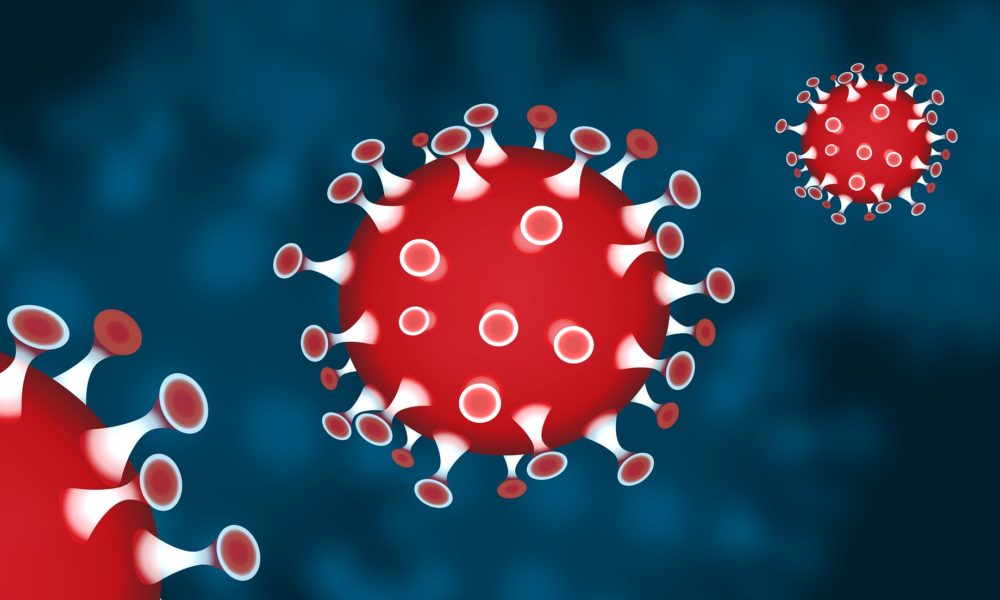
Tuesday, March 10, 2020 — The Good Times
Coronavirus: The Good News Amid the Bad
Everyone is talking about the coronavirus disease (COVID-19) and the virus itself, now called severe acute respiratory syndrome coronavirus 2 (SARS-CoV-2). The new virus even includes “severe” in its name. But is it severe? A review of the latest scholarly reports reveals some pretty reassuring facts:
- SARS-CoV-2 spreads rapidly from person to person, so it seems more contagious than its related SARS coronavirus (SARS-CoV), identified in 2003, and MERS-CoV (Middle East respiratory syndrome coronavirus), first reported in 2012. Yet it’s most likely less severe.
- Despite its rapid spread, most cases of COVID-19 have been mild so far. About 81% of patients who are infected present mild symptoms, according to an important February 17 study.
- According to this study, “The massive vigorous actions taken by the Chinese government have slowed down the epidemic in China and curbed spread to the rest of the world.”
- Research so far shows that children appear to be less at risk. In China, less than 1% of cases have been in children between the ages of 0 and 9. No case has been fatal. Among the 4,100 deaths worldwide (as of March 10, 2020, 15:40 GMT), a majority of the victims have been 60 years of age or older and/or have had pre-existing conditions such as hypertension, cardiovascular disease and diabetes. No deaths have occurred among those with mild or even severe symptoms. The deaths have occurred in the cases qualified as “critical.”
- To put the outbreak into perspective, according to a study published on December 13 in The Lancet medical journal, seasonal influenza kills 291,000 to 646,000 people worldwide each year. These figures come from the US Centers for Disease Control and Prevention (CDC) and other partners, with data coming from 33 countries used to estimate flu-related respiratory deaths in 185 countries. World Health Organization (WHO) estimates are similar: the flu kills 290,000 to 650,000 people per year.
- WHO Director-General Dr. Tedros Adhanom Ghebreyesus emphasized on March 3 that “Both COVID-19 and influenza cause respiratory disease and spread the same way, via small droplets of fluid from the nose and mouth of someone who is sick. … However, COVID-19 does not transmit as efficiently as influenza, from the data we have so far. With influenza, people who are infected but not yet sick are major drivers of transmission, which does not appear to be the case for COVID-19.”
- So far in this outbreak, the WHO has reported that “Transmission of SARS-CoV-2 has primarily been between people who have had contact with each other, such as family members. That’s in contrast to infections such as seasonal flu, which often spreads among unrelated people in the community and often before symptoms are apparent.”
- The website Ars Technica, which covers news and opinions in technology and science, reported recently that “While media reports have widely circulated fears that asymptomatic people [showing no symptoms] are silently spreading COVID-19 around communities and countries, there is little data to back that up. In fact, asymptomatic cases appear rare and potentially misclassified.”
- On March 9, 2020, the WHO Director-General stated, “The bottom line is: we are not at the mercy of this virus. The great advantage we have is that the decisions we all make – as governments, businesses, communities, families and individuals – can influence the trajectory of this epidemic. We need to remember that with decisive, early action, we can slow down the virus and prevent infections. Among those who are infected, most will recover. … Of all the cases reported globally so far, 93% are from just four countries.”
- Though members of the coronavirus family do infect animals, including dogs, experts at the WHO and the CDC say there is no evidence that pets are getting sick from SARS-CoV-2 or transmitting the virus to people.
- Most people infected will have a mild illness and recover completely in two weeks.
The basic protective measures against the new coronavirus are described in this short WHO video:


Thank you for this article referencing medical authorities, who are the ones who actually know what is going on with this virus. Unfortunately, politicians and a sensationalism-driven media have held undue and unscientific sway over the discussion of this virus, to the detriment of everyone. I do not recall ever having politicians create such chaos over a disease due to their own selfish political agendas, while simultaneously attempting to silence or deflect from the factual opinions of medical experts and scientists.
Politicians, who usually know less about whatever they are talking about than they should, need to allow medical professionals to address this illness and keep the public adequately informed, like this article does.
The media, ever requiring the most sensational take on any subject, will often go overboard filling a news cycle, often doing a diservice to a public simply seeking straightforward information.
Again, thank you TGT for an excellent article representing medical authorities and pretty-much ignoring the hype and nonsense of so many who know so little, and who should keep quiet and simply do their actual jobs.
Dan